20 Apr 2005
Captain Blood: A Swashbuckler Is Born
This documentary is featured on the DVD for Captain Blood (1935), released in 2005.

Rosa is from Croatia and lives in Switzerland, with her husband who depends on her care. She takes care of everything. Her children have grown up and want to leave home. Rosa stays behind alone.
20 Apr 2005
This documentary is featured on the DVD for Captain Blood (1935), released in 2005.
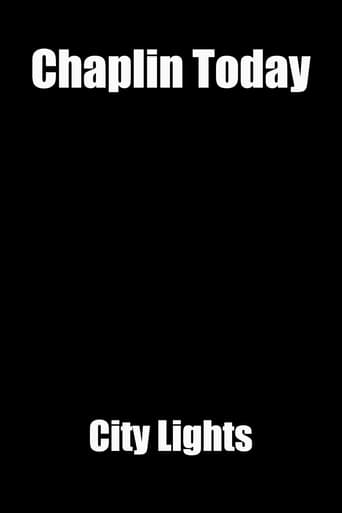
14 May 2003

In 1928, as the talkies threw the film industry and film language into turmoil, Chaplin decided that his Tramp character would not be heard. City Lights would not be a talking picture, but it would have a soundtrack. Chaplin personally composed a musical score and sound effects for the picture. With Peter Lord, the famous co-creator of Chicken Run and Wallace & Gromit, we see how Chaplin became the king of slapstick comedy and the superstar of the movies.
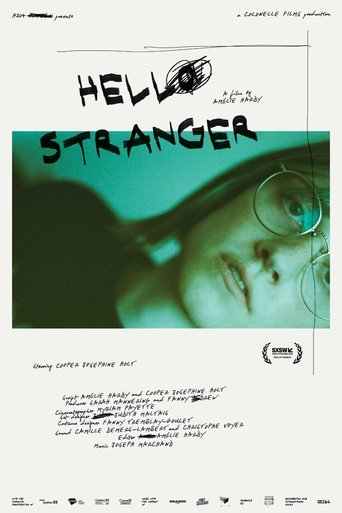
08 Mar 2024

At the crossroads of documentary and fiction, Hello Stranger relates the transition journey of a young trans woman named Cooper Josephine. With humor, the film revisits key moments of her life from her childhood in a small fishing village of the east coast of Canada to her tumultuous medical process. Through the re-enactment of her memories, Cooper Josephine attempts to make peace with the last masculine imprint on her body: that unfortunate deep voice that sticks to her skin.
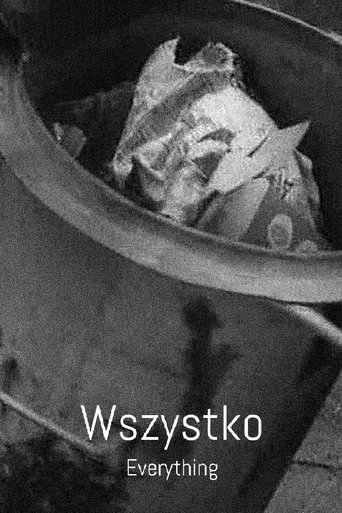
11 Jun 1972

Here's a strange one. First, a song on a blackboard: a Polish translation of “I love my little rooster” by American folk writer Almeda Riddle. Then, two men roll around trash bins and lift them to the garbage truck. They do it several times. A woman shouts in the distance. At the end, the picture stops, and the woman sings the song. An early short by Piotr Szulkin.

01 Jan 1991

This sex education movie explore themes of body development, sexual hygiene, masturbation, menstruation, puberty, sex and giving birth.
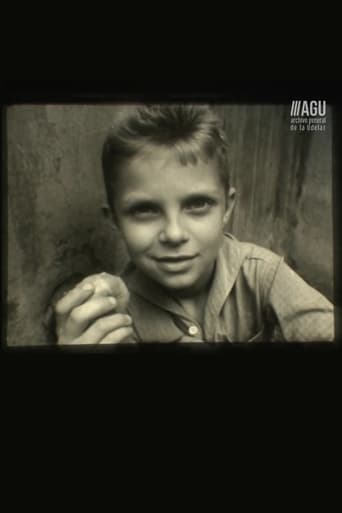
12 Apr 1964

Documentary short film by Mario Handler about the city of Prague as part of an internship to study film in Europe.
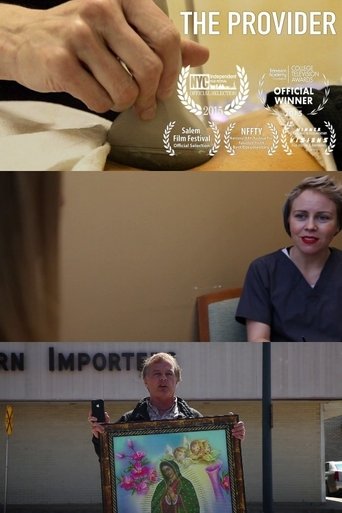
06 Mar 2015

Abortion clinics in Texas are disappearing exponentially and healthcare providers are feeling the brunt. The Provider follows the story of abortion provider Dr. Shannon Carr who travels every week from New Mexico to Dallas in order to perform abortions despite restrictive laws and threats to her safety. Continue to share her story and follow our latest documentary series as we try to capture these stories and influence change before all abortion clinics in the US cease to exist

03 Jun 1980

This short cautionary training film examines dangers associated with earthmoving equipment operation, showing many simulated accidents on construction sites.
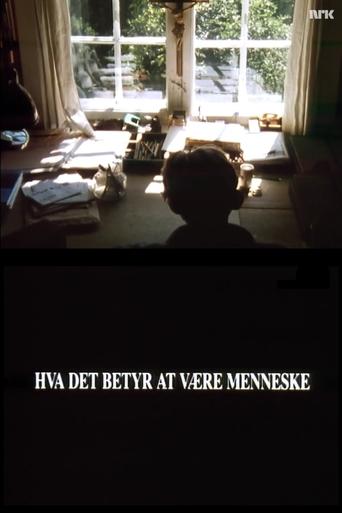
01 Jan 1990

A film that conveys some of Peter Wessel Zapffe’s philosophical ideas.
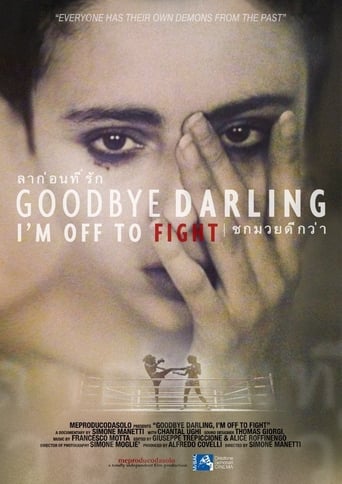
20 Apr 2017

No overview found
16 May 2014
A day in the life of the homeless on the streets of LA, the ones that survive or live in a different reality, youngsters with a broken dream, war veterans, drug addicts, lonely people with no family, victims of the economic or emotional crisis.
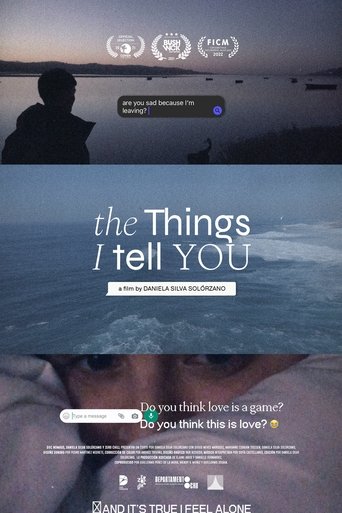
21 Oct 2022

Daniela, a young woman coming out of a breakup, moves to Lisbon for a few months. Feeling lonely, she starts dating Diogo, a happy-go-lucky guy she meets on Tinder. They get to know each other as they explore solitude, love, and friendship, aware that they will soon part ways.
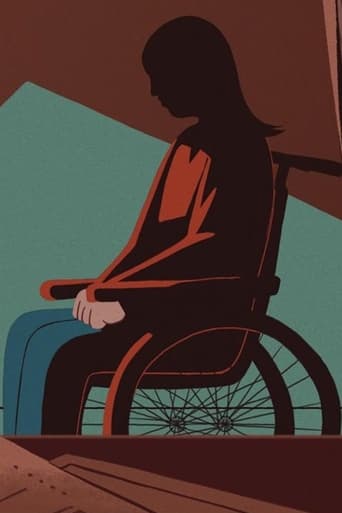
23 Jun 2022

People with learning disabilities often experience worse physical and mental health. This film is a starting point to address these inequalities.
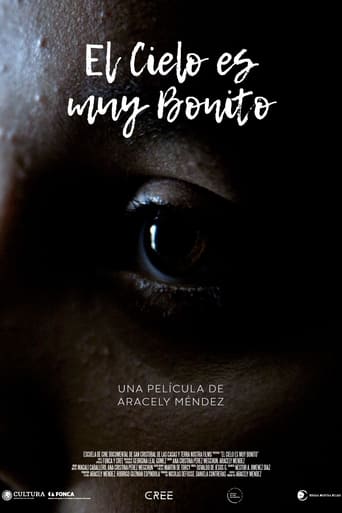
22 Oct 2022

Mothers and daughters flee their country of origin and travel through Mexico carrying their fears, dreams and a hopeful future.
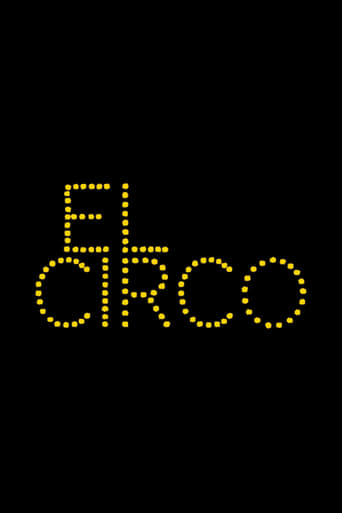
31 Dec 1950

Madrid, Spain, 1949. The Circo Americano arrives in the city. While the big top is pitched in a vacant lot, the troupe parades through the grand avenues: the band, a witty impersonator, the Balodys, acrobats, jugglers, acrobatic skaters, clowns and… Buffallo Bill.
27 Apr 1919
"All sounds travel in waves much the same as ripples in water." Educational film produced by Bray Studios New York, which was the dominant animation studio based in the United States in the years surrounding World War I.
01 Jan 2002
Storyboard showcase of Anno's ghibli museum short.
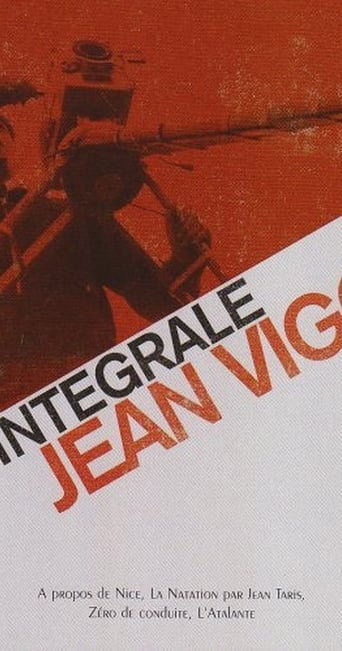
04 Dec 2001

No overview found

04 Nov 2001

No overview found
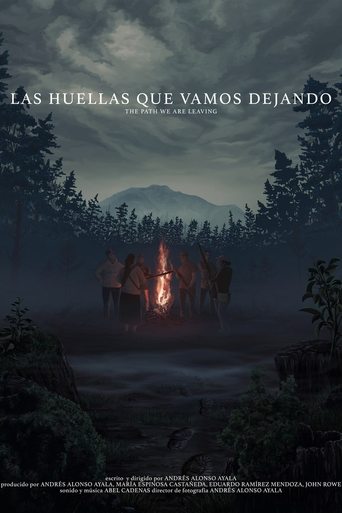
05 Sep 2025

Forest and community guards face insecurity and clandestine logging in their community.